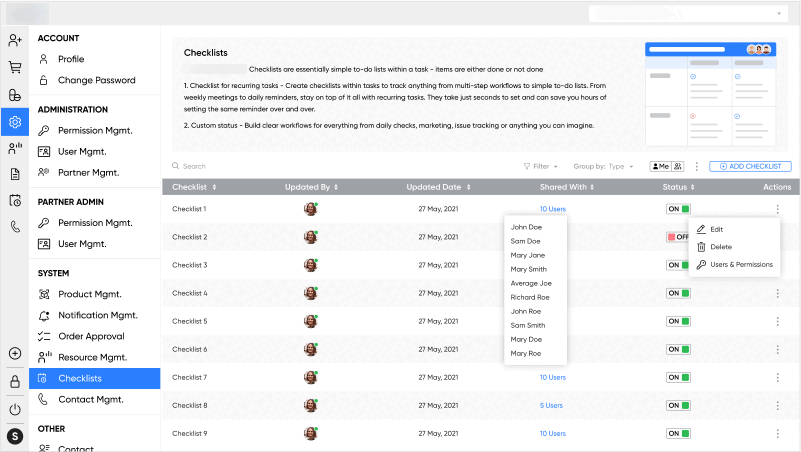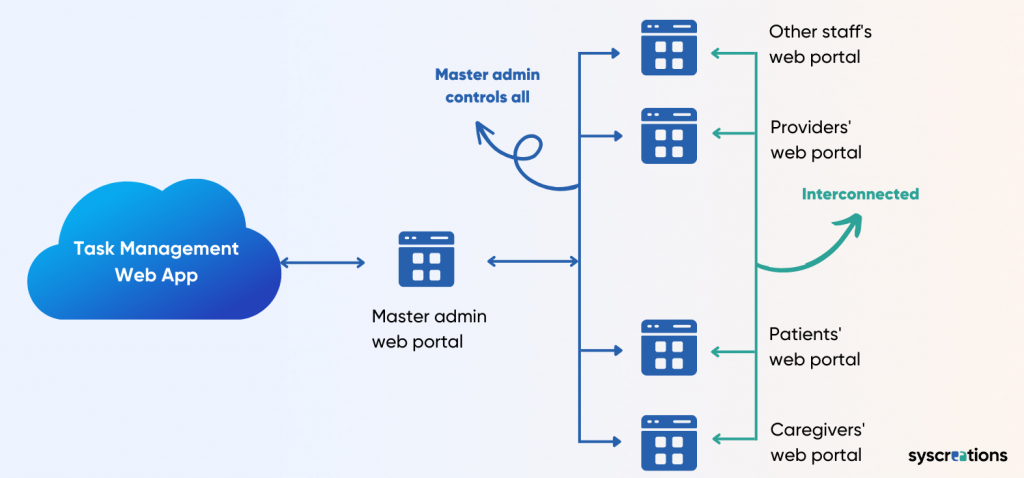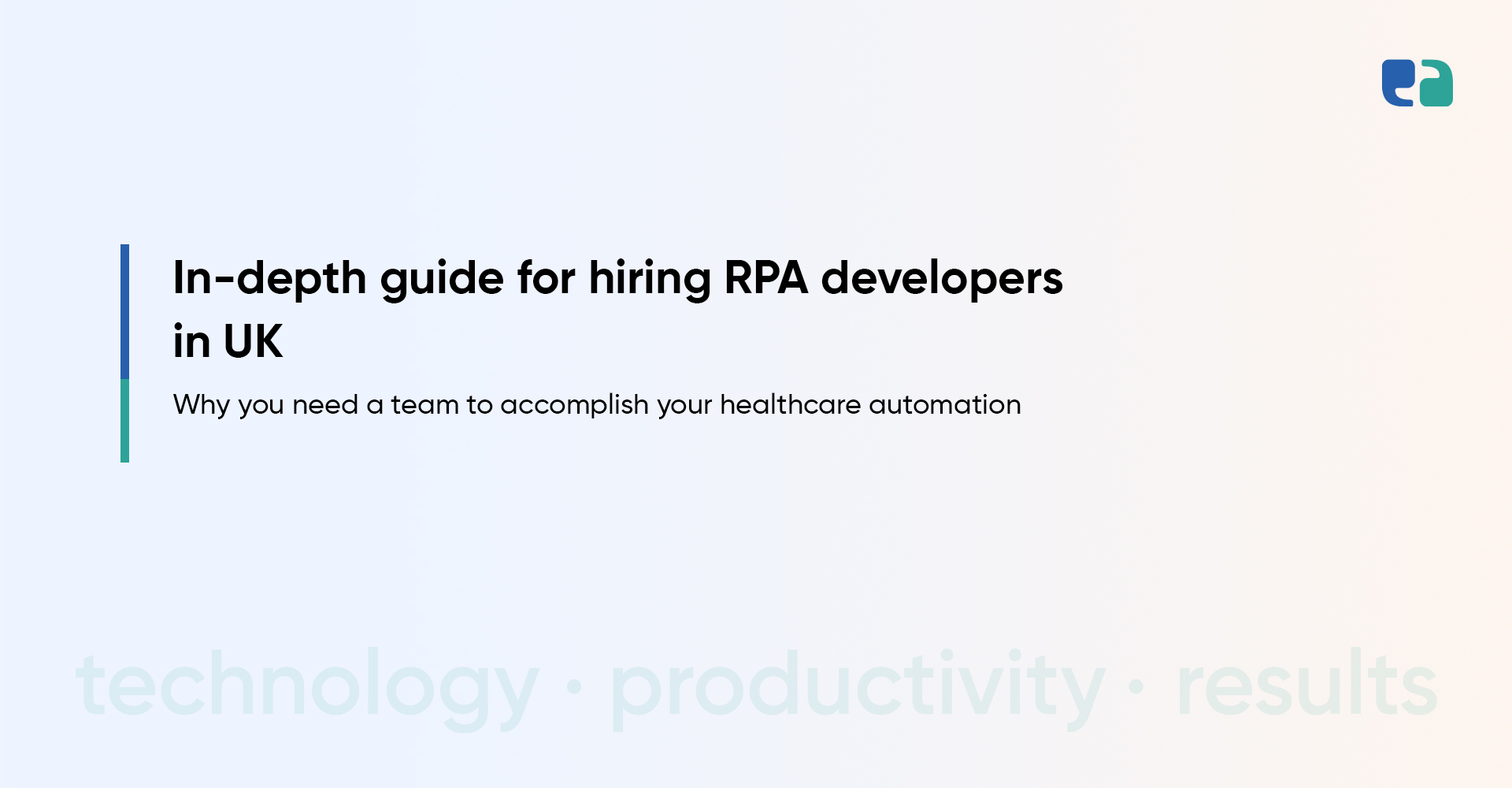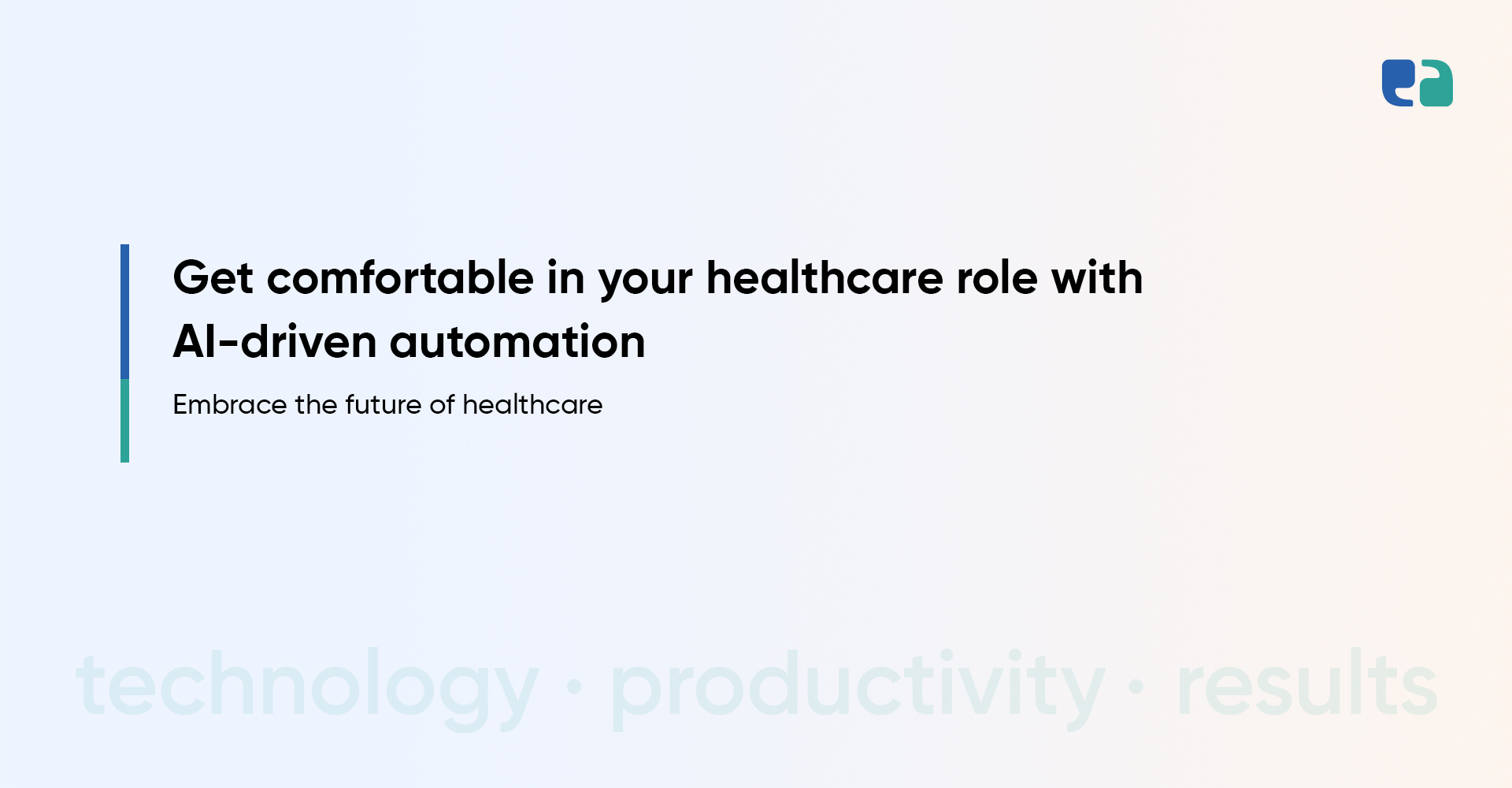Quick Summary: Burnout in clinical practice is very common now.
What is not common is the real discussion revolving around solving the nationwide problem of burnout.
That’s exactly what we are going to talk about today.
We will share how to automate repetitive tasks in healthcare.
This ‘automatically’ results in less or very negligible burnout of providers and other staff.
But before that, we need to eliminate your misconceptions about the word ‘automation’.
What is the actual meaning of ‘automate repetitive tasks in healthcare’?
When anyone thinks of the word ‘automation’, he/she would imagine a modern robot or space-age system working on behalf of the people.
It can be true with regard to other industries, but not with healthcare. Because, in healthcare, a human touch is very crucial and it can’t be ruled out.
So, the actual meaning of automation in healthcare is not having robots to perform tasks, but having a streamlined workflow where neither patients nor providers have to make extra efforts to get tasks done.
Let us give you an example.
A patient is supposed to record his blood pressure and share it with the provider 3 times a day.
What results in burnout here for providers is to first remind patients to record blood pressure, then collect data from patients and then add it to their system for clinical purposes.
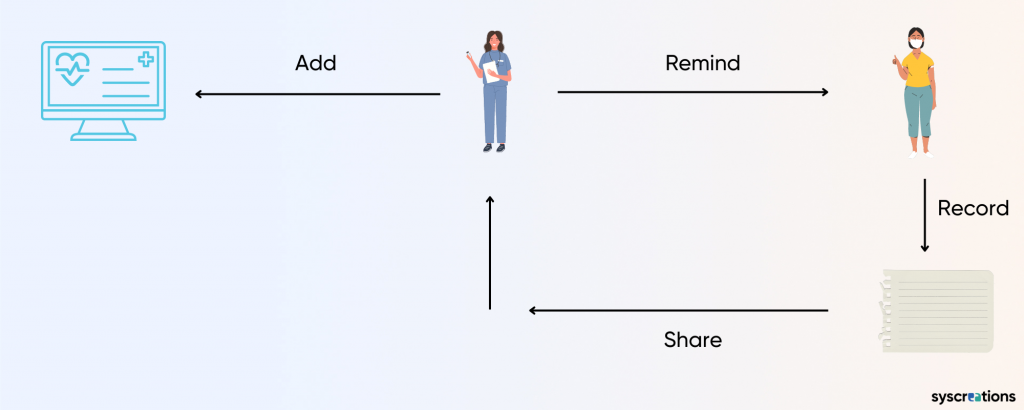
Instead, what if there is a healthcare task management web app streamlining the workflow by reminding the patient to record blood pressure (a task), letting him add that data to his portal which providers can see through their portal?
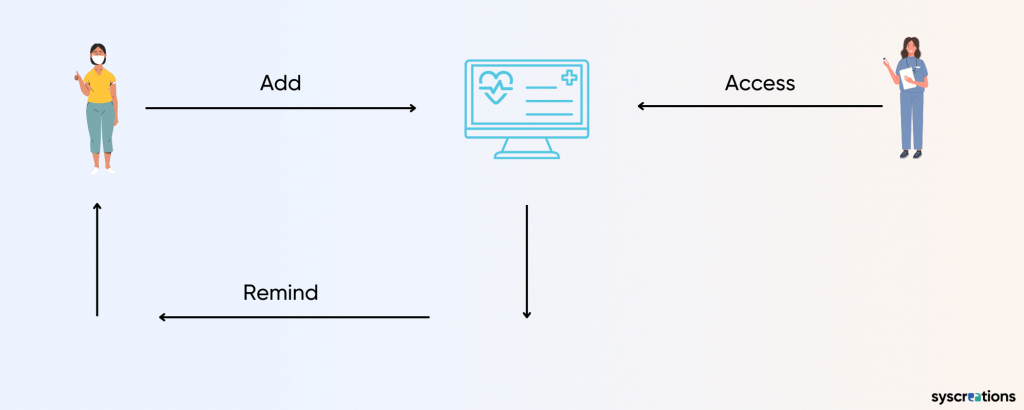
The entire process does not require any manual collaboration between patients and providers.
It can be true concerning other industries, but not with healthcare. Because, in healthcare, a human touch is very crucial and it can’t be ruled out.
So, the actual meaning of automation in healthcare is not having robots perform tasks, but having a streamlined workflow where neither patients nor providers have to make extra efforts to get tasks done.
Furthermore, they complete their chunks of tasks with clear visibility and in a very collaborative manner.
In case you are wondering, this can only be achieved through the right use of technology which we will soon reveal.
What are examples of repetitive tasks in healthcare?
In simple words, any task which is supposed to be done manually with every patient or with every instance is called a repetitive task.
Continuing our past example, if there are 20 patients and providers need to remind all of them to record blood pressure, collect data from those patients and later add that data to any system – this task is called a repetitive task.
Another example of repetitive tasks is patient onboarding.
Staff needs to tick off every single check for every patient, add & fetch data across multiple systems or files, share those data with multiple other users, and make an extensive data entry – all by themselves.
Other examples of repetitive tasks are appointment scheduling, appointment reminders, post-discharge patient management, managing patient records, validating patient information, etc.
If you can connect the dots, you would easily conclude that any task is tedious and time-consuming when it is performed less collaboratively.
For example, if providers themselves are responsible for collecting blood pressure data from patients and adding it to their system, the task by default becomes a tedious one.
But instead, as we said earlier, what if patients can themselves add their blood pressure data online which providers can see from their system? The process becomes smooth!
This is as simple as this.
First, bring internal and external users under the same roof with technology and then divide a task between internal and external users with clear roles!
Automate repetitive tasks in healthcare with our no-code healthcare task management application builder
Yes, you can literally build your own healthcare task management application for any workflow within minutes as it is a no-code platform.
All you need to do is –
- Create a checklist and give it a name/description
- Add fields the way you want
- Add custom status
- Share the checklist with other users who are supposed to work on it
- Validate and confirm the checklist
- Add, assign, and track tasks under each checklist
Now, from their dashboard or portal, both internal (clinical & non-clinical staff members) and external (patients and their caregivers) users can perform their levels of tasks and this eventually reduces the number of tasks which only a provider has been doing.
So, here what we did was – we divided a task into chunks and shared responsibilities with other users too which they can easily perform from their dashboard.
Here is an example.
3 major benefits of automating repetitive tasks in healthcare
Automating repetitive tasks is a blessing in the healthcare industry.
But these 3 benefits are the ones that will impact your organization on a huge scale.
Conclusion
If you want to implement similar practices in your healthcare setting, check out the real screen images of our no-code healthcare task management application builder.
